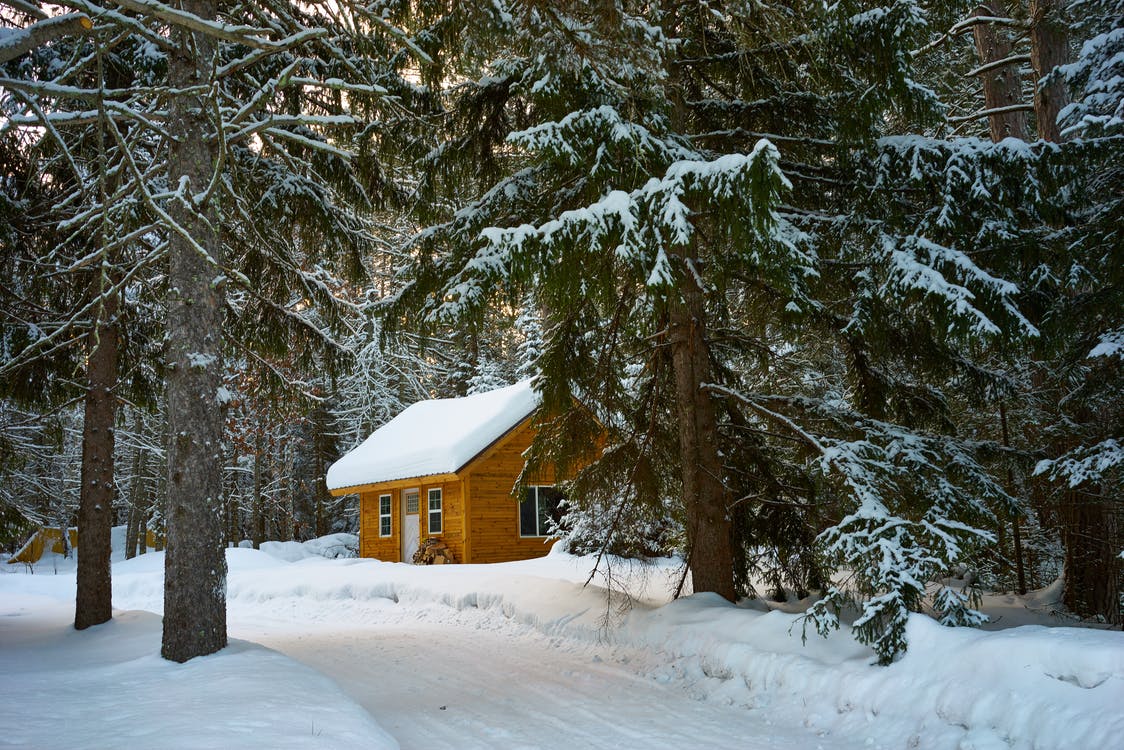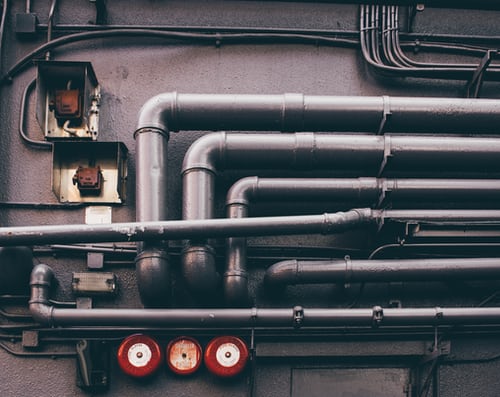Pre-Winter Home Maintenance Tips
by Andrew Helling

Fluffy snowflakes and sparkling icicles may make for a winter wonderland, but they can also cause drafts, form ice dams, and even disrupt communication and power for days.
The good news is you can avoid winter-related disasters by taking the necessary pre-winter home maintenance measures.
There are often simple tasks and repairs you can do to prepare your home for winter. For instance, did you know that insulating your attic before winter can help to guard against ice dams? Or that trimming trees can help to keep you safe in a snowstorm?
When you’re proactive about completing these tasks and repairs, you can improve your home’s energy efficiency, make it safer for everyone to live in, and even reduce your energy bills. Here are a few home maintenance tips that will help to keep you safe and warm in winter.
1. Weatherproof Your Doors and Windows
Don’t give the winter cold any opportunity to penetrate your house. Check your windows and doors for gaps and areas that may cause a draft.
According to Bill Richardson, former president of the American Society of Home Inspectors (ASHI), it’s important to seal the doors and windows if the gaps are of considerable size.
“..if the gaps around your windows or door frames are wider than the width of a nickel, you need to reapply exterior caulk.†Says Richardson.

Alternatively, you could use weatherstripping to seal the gaps or consider replacing the doors and the windows if the problem is too severe. Weatherproofing prevents moist outside from entering and conditioned indoor air from escaping through the gaps.
2. Test Your Smoke and Carbon Monoxide Detectors
Ever wondered why most of the house fires happen in winter? It’s because winter is the time most of us are blasting the furnace 24/7 to keep the house warm.
We are also likely to have our houses closed up in winter, so the likelihood of carbon monoxide building up to dangerous levels is high. That said, if your home is not equipped with a carbon monoxide detector, make sure to have one installed.
You’ll also need to check your smoke detectors to see if they’re functioning properly and have good batteries. It’s advisable to hire a licensed HVAC inspector. These professionals will ensure the furnace and other heating systems that could emit carbon monoxide are functioning properly.

3. Keep an Eye on Trees
Winter is often associated with storms. Whether it brings along snow, wind, or rain, you don’t want to be contending with any falling tree limbs. Trim the trees around your house early.
Fall isn’t always a good time to trim trees..
But if branches are floating around your house or skimming your windows, it’s a good idea to trim them in fall, or before winter. Otherwise, they might become overladen with the weight of snow and cause hazards to your yard and home.
4. Tune Up Your Heating System
Depending on the type o heating syste you have, there are a few maintenance things you can do to optimize its performance.
Whether you have a next-gen HVAC system or an old school furnace, give it some love. Change the filters and test the igniter switch. If it’s been a while since the last tune-up was done, have an HVAC professional inspect your system to ensure it’s in proper working condition.
If you have a furnace that you use during winter, have it cleaned before the temperature starts to dip. Combustible waste materials can build up in your fireplace and pose a serious fire hazard.
5. Prevent Pipes from Freezing
Because water expands when it freezes, frozen pips can burst, leading to serious structural damages and costly repairs.
And since frozen pipes crack easily, the best you can do is to take preventive measures that will ensure your pipes are not exposed to cryogenic temperatures. This can be done by insulating the pipes in unheated areas and keeping the heat set to no lower than 55-degrees Fahrenheit.

